It was an excellent and valuable bit of fine-tuning for both sides. England and Pakistan will enter the T20 World Cup with very clear ideas how to pass the time if any of their games are rained off.
1st T20
Abandoned without a ball bowled. Poker may or may not have been ditched in favour of charades. Charades may or may not have been ditched in favour of hide and seek.
2nd T20
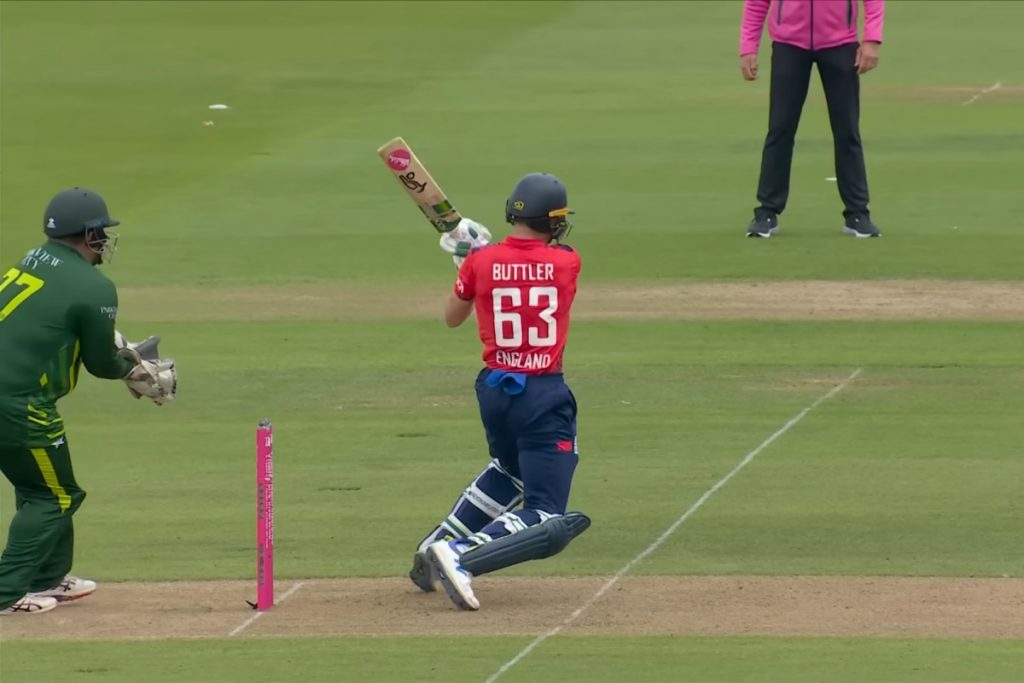
Some lad called Jos Buttler played the match-winning innings. Not sure anyone learned anything other than that Jofra Archer can successfully get through four overs again.
3rd T20
Abandoned without a ball bowled. Most players hit their daily screen time limits. Moeen Ali may or may not have won England’s Boggle tournament.
4th T20
Another wildly informative excursion. After almost a year experimenting with opening partnerships that weren’t Mohammad Rizwan and Babar Azam, Pakistan have concluded that actually their best chance of success at the T20 World Cup is to have Mohammad Rizwan and Babar Azam opening the batting and making roughly 75% of the team’s runs.
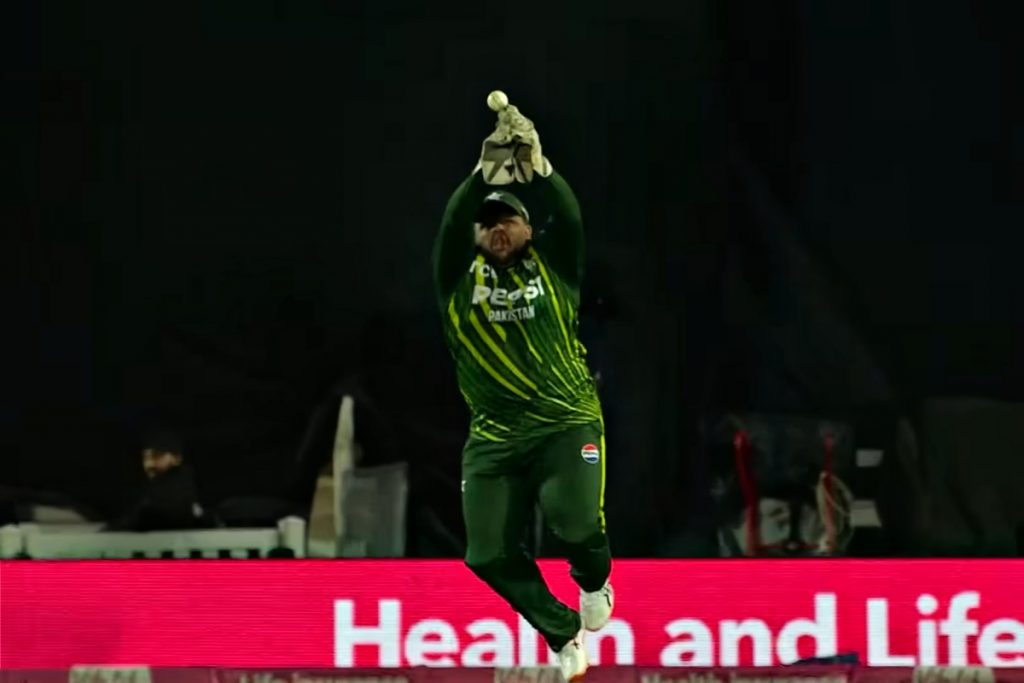
If that feels a bit ‘all eggs in one basket’ run-scoring-wise – particularly given their sometimes less than electric scoring rates early on – then at least there’s eggs and at least there’s a basket.
Rizwan will probably find himself keeping again before too long as well after Azam Khan showcased his obvious expertise with butter and pans, applying the former to his fingers and turning his hands into the latter.
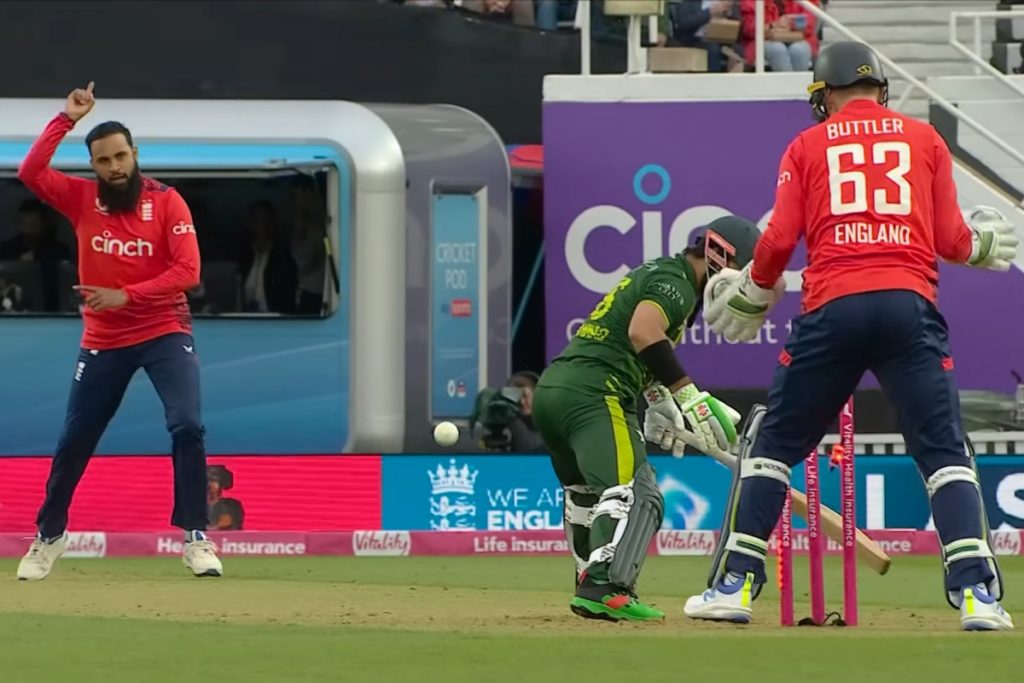
Reading the room and finding it to be a room they’d read before, England invited Adil Rashid to derail the Pakistan innings – so no wild new innovations there either.
Conclusion
A good series for firming up ‘role clarity’ and also for board games.
Further reading: England’s T20 World Cup squad: 20-something v 30-something head-to-heads
Future reading: Get our email

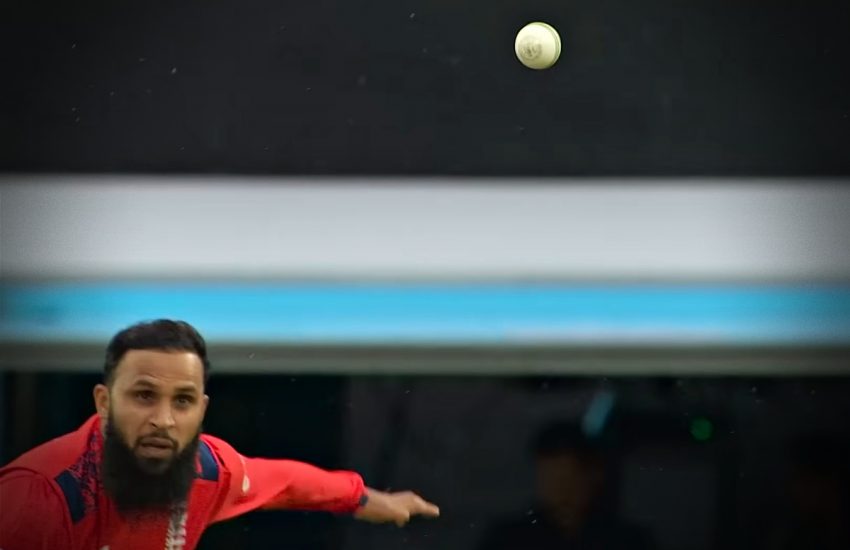
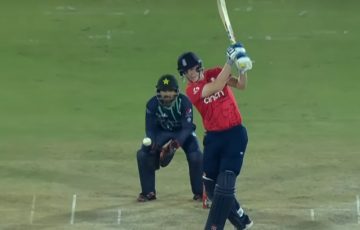
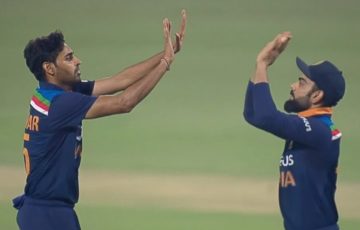

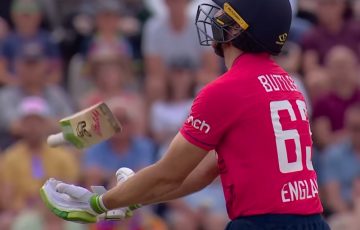
Lovely piece by Firdose Moonda about Uganda’s World Cup hopes.
https://www.espncricinfo.com/story/2024-t20-world-cup-uganda-look-to-leave-an-imprint-on-the-world-stage-1435805
Particularly enjoy their mixture of high aspirations with a dose of realism: they don’t expect to win the thing, but they aim to be “the team that will leave its dressing room the cleanest”.
For some reason this brought to mind Muhammad Ali’s “If I were a garbage man, I’d be the world’s greatest garbage man!” What a great attitude.
In the very first cricket world cup, a team named East Africa played. I’m pretty sure the players in the squad all came from Kenya and/or Uganda – perhaps one or two from Tanzania. I wondered when Kenya had its quite impressive albeit brief strong period whether “East Africa” might be a better idea. I feel that again now with Uganda showing while Kenya languishes.
Indeed that article references the two Ugandans who played for that Kenyan-dominated East Africa team at the inaugural World Cup, Samuel Walusimbi and John Nagenda. In addition to the two Tanzanians – well remembered! – there were also three Zambians in the squad. They would surely have been more competitive if they’d included the two Kenyans and one Tanzanian playing in county cricket – Basher Hassan, Dudley Owen-Thomas and John Solanky – but the selectors opted for an entirely African-based side.
https://en.wikipedia.org/wiki/East_Africa_cricket_team
On the other side of the continent there also used to be a combined West Africa team. Nigeria are an emerging side – currently coached by the Kenya legend Steve Tikolo, and their U19s qualified for the 2020 World Cup – but aren’t all that much stronger than their neighbours, especially Sierra Leone. So you do have to wonder what they could achieve if you pooled their relatively small talent bases together. I suppose the Windies highlight the administrative difficulties of multinational boards and carrots like Olympic pathway funding work better for national sides (assuming they have a government flush enough to allocate such funds).
Indeed, Bailout, Basher Hassan is still a legend in Nottinghamshire circles. A warm-hearted fellow, he hosted me and Daisy at Notts in April 2013. I wrote up that magical day as a match report on this very website:
https://www.kingcricket.co.uk/nottinghamshire-v-middlesex-at-trent-bridge-match-report/2013/05/31/
Apologies to the Zambians who were also part of that East Africa set up.
I’d forgotten that write-up Ged, that one was lovely. Thanks for the reminder.
This does bring me tangentially to another point I’ve found rather annoying and counterproductive for cricket’s growth: it would be nice if players from the associate nations were able to play in county cricket without having to take up an “overseas” slot, subject to them making themselves available – and counties agreeing to their release – for international selection for official ICC tournaments and qualifiers that clash with the county season. East Africa missed a trick by not selecting Basher, and even now the stronger associates would mostly struggle to find three players of county standard, let alone with county experience. Given the rarity of those assets, it’s a shame so little was made of them at the time.
If the ICC had had its eye on the ball of global expansion, and the East African board had committed to playing its strongest side, they’d have had a good chance of cultivating another Test-playing ICC member in Africa. Expansion has now crept up the priority list, but the county championship has mostly lost the ability to give associate players that stronger first-class experience: its last major contribution to that end was probably developing the nucleus of the first Irish Test team. While there are still some Dutch players around, those numbers will whittle away since new Kolpak contracts aren’t available, and it’s sad to see many of them not granted county permission to play in the World Cup.
Can’t help thinking there’d be benefits both ways from having some Ugandans, Americans, continental Europeans etc (and on the women’s side, Thais, Indonesians, Brazilians) floating around the county set-up, even if mostly at second XI level, possibly with ICC subsidy. The MCC has made a contribution to this kind of associate cricket development through its Young Cricketers programme, but it would be good to see it at a wider scale. There are endless arguments about whether, or to what degree, the English domestic structure is too bloated, yet in this case it may provide an advantage. The Australian board does try helping out PNG with extra experience for players, but realistically a spot in a Sheffield Shield team is going to be a stretch too far, whereas associate players have plied their trade in the County Championship for over half a century.
On the plus side: nice to see that Nicolaj Damgaard Laegsgaard got to bowl his slow left armers for Munster Reds in the Inter-Pro T20 a few days back, the Great (relatively speaking) Dane taking an excellent 4-0-16-3 against Northern Knights. His third wicket reduced the Knights to 48/5, at which point he had the exceptional figures of 2-0-2-3 and a hat-trick opportunity. Godt bowlet!
https://www.espncricinfo.com/series/ireland-inter-provincial-twenty20-trophy-2024-1430827/northern-knights-vs-munster-reds-10th-match-1430837/full-scorecard